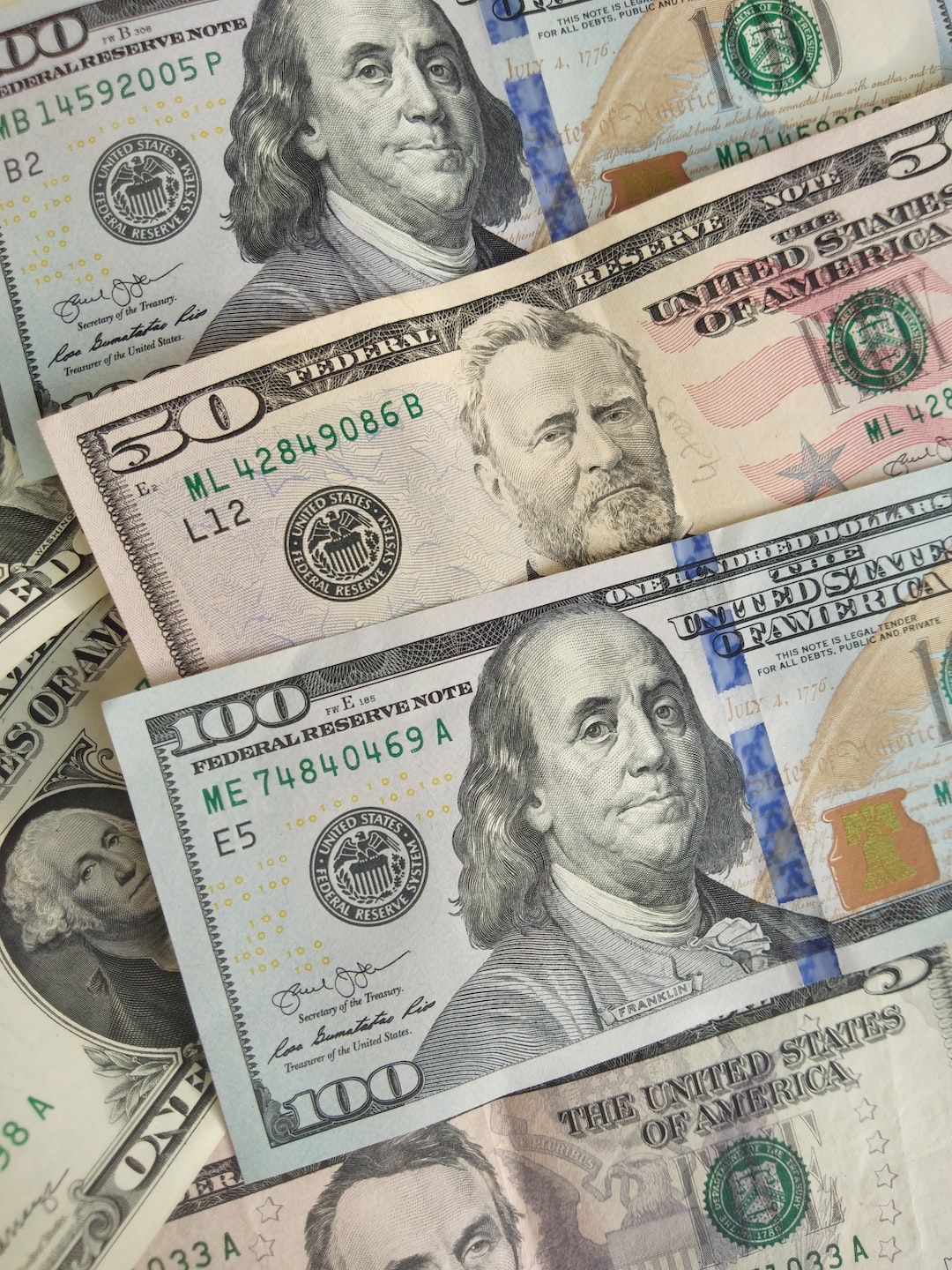The forex market is the largest and most liquid financial market worldwide, with trillions of dollars traded every day. However, even with its size and liquidity, the forex market is not immune to gaps. Gaps occur when there is a significant difference between the closing price of one trading session and the opening price of the next trading session. These unexpected gaps can be both beneficial and detrimental to traders, depending on their position. In this article, we will explore the causes of gaps in the forex market.
1. Economic Data Releases
One of the most common causes of gaps in the forex market is the release of economic data. Economic indicators such as Gross Domestic Product (GDP), inflation, employment figures, and central bank interest rate decisions can significantly impact the currency markets. When these economic data are released, they can cause significant volatility, leading to gaps in the forex market. Traders who are not prepared for the volatility can find themselves caught out, leading to significant losses.
2. Political Events
Political events can also cause gaps in the forex market. Whenever there is a significant political event such as an election, a referendum, or a change in government, the currency markets can experience significant volatility. For instance, the Brexit referendum in 2016 caused a significant gap in the GBP/USD pair, as traders reacted to the unexpected outcome of the referendum. Similarly, the US Presidential election in 2016 led to a gap in the USD/JPY pair, as traders reacted to the election results.
3. Geopolitical Tensions
Geopolitical tensions can also cause gaps in the forex market. Whenever there is a significant geopolitical event such as a terrorist attack, a natural disaster, or a war, the currency markets can experience significant volatility. For instance, the 9/11 attacks in 2001 caused a significant gap in the USD/JPY pair, as traders reacted to the unexpected event. Similarly, the earthquake and tsunami in Japan in 2011 led to a gap in the USD/JPY pair, as traders reacted to the impact of the disaster on the Japanese economy.
4. Market Illiquidity
Market illiquidity is another cause of gaps in the forex market. Whenever the market is illiquid, it means that there are not enough buyers and sellers in the market to match orders. This can lead to price gaps, as there are no buyers or sellers to match orders at the prevailing market price. Market illiquidity can occur for a variety of reasons, such as during holidays or during periods of low trading volume.
5. Technical Factors
Technical factors can also cause gaps in the forex market. Whenever there is a technical failure or a glitch in the trading system, it can lead to gaps in the market. For instance, a technical problem with a trading platform or a data feed can cause a gap in the market, leading to significant losses for traders who are not prepared for the volatility.
In conclusion, gaps in the forex market can occur for various reasons, such as economic data releases, political events, geopolitical tensions, market illiquidity, and technical factors. Traders who are aware of these causes and are prepared to deal with the volatility can take advantage of the gaps and make profits. However, traders who are caught out by the unexpected volatility can suffer significant losses. Therefore, it is essential to have a robust risk management strategy in place to deal with the unexpected gaps in the forex market.





